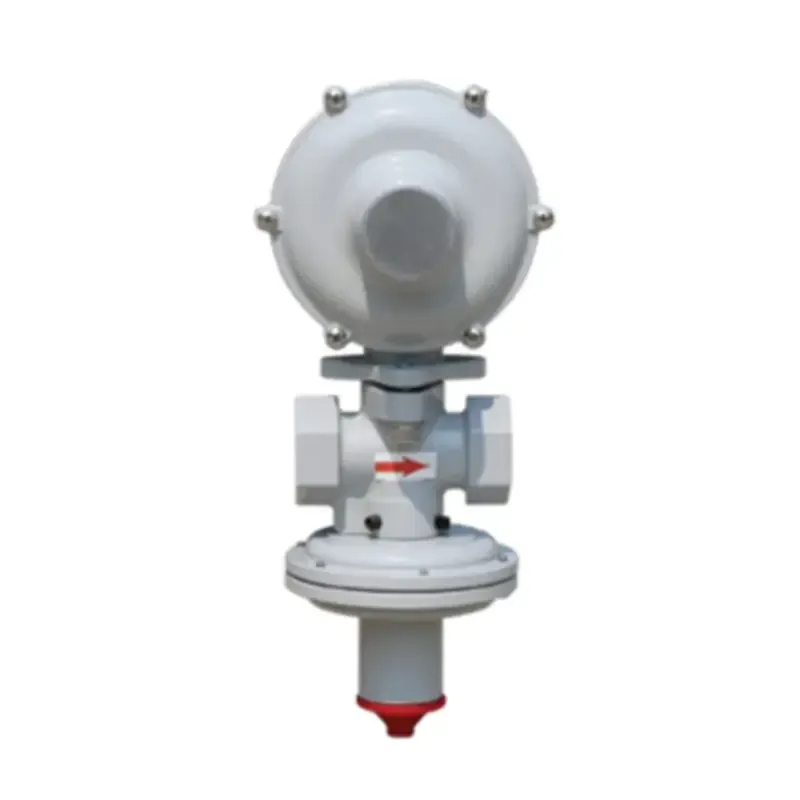
Dec . 04, 2024 16:33
Back to list
وعاء الضغط
Understanding Pressure Vessels Principles and Applications
Pressure vessels play a crucial role in various industries, including oil and gas, chemical processing, and power generation. These robust containers are designed to hold gases or liquids at pressures significantly different from the surrounding atmosphere. To understand pressure vessels better, it is essential to explore their design principles, common applications, and safety considerations.
Definition and Design Principles
A pressure vessel is defined as a container that can safely withstand high pressures. It is commonly made from materials such as steel, aluminum, or composite materials, which are chosen for their strength and durability. The design of pressure vessels must adhere to strict engineering standards to ensure they can withstand the demands of their operational environment.
Key principles in the design of pressure vessels include
1. Material Selection The choice of materials is critical in ensuring the pressure vessel can withstand internal and external pressures, corrosion, and temperature variations. For instance, stainless steel is often used for its excellent corrosion resistance.
2. Thickness and Geometry The wall thickness and geometrical shape of a pressure vessel significantly affect its ability to handle pressure. Common shapes include cylinders and spheres, as these shapes distribute stress evenly.
3. Stress Analysis Engineers must perform stress analysis to determine the maximum allowable working pressure (MAWP) the vessel can handle. This is often done using finite element analysis (FEA) to predict how the vessel will behave under different pressures and temperatures.
4. Safety Factor A safety factor is integrated into the design process to account for uncertainties in material properties and potential defects. This ensures that the vessel can accommodate unexpected pressures or impacts without failure.
Common Applications
.
1. Oil and Gas Industry These vessels are used in pipelines, storage tanks, and separators that handle crude oil, natural gas, and other substances.
وعاء الضغط

2. Chemical Processing Pressure vessels are integral in reactors, distillation columns, and heat exchangers. Here, they facilitate chemical reactions under controlled pressures and temperatures.
3. Power Generation In power plants, pressure vessels are used for steam boilers and heat recovery systems, enabling efficient energy conversion processes.
4. Manufacturing Pressure vessels can be found in air compressors, pressure washers, and other manufacturing equipment that requires the storage or use of pressurized fluids.
Safety Considerations
The design and operation of pressure vessels involve rigorous safety standards to prevent accidents. Failures in pressure vessels can lead to catastrophic events, including explosions, toxic leaks, or environmental disasters. Therefore, it is essential to implement several safety measures
1. Regular Inspections Routine inspections and maintenance are vital to identify wear and tear or potential failures. This includes checking for corrosion, structural integrity, and proper functioning of safety valves.
2. Pressure Relief Systems A pressure relief valve is a critical safety device designed to prevent overpressure scenarios. When the pressure exceeds the set limit, the valve opens to release excess pressure, protecting the vessel from bursting.
3. Training Personnel working with pressure vessels must receive appropriate training to ensure they understand the risks and safety protocols. This includes emergency response training in the event of a pressure vessel failure.
4. Compliance with Regulations Adhering to industry regulations and standards, such as ASME (American Society of Mechanical Engineers) codes for pressure vessels, is crucial to ensure safety and reliability.
Conclusion
In conclusion, pressure vessels are essential components in many industrial applications, engineered to handle high-pressure environments safely. Through careful design, adherence to safety standards, and regular maintenance, the risks associated with pressure vessels can be managed effectively. As industries continue to evolve, the importance of these vessels will only increase, emphasizing the need for ongoing research and development in materials, design methodologies, and safety practices. Understanding pressure vessels is key to ensuring that they serve their purpose reliably and safely in a world that increasingly relies on pressurized systems.
Next:
Latest news
-
Safety Valve Spring-Loaded Design Overpressure ProtectionNewsJul.25,2025
-
Precision Voltage Regulator AC5 Accuracy Grade PerformanceNewsJul.25,2025
-
Natural Gas Pressure Regulating Skid Industrial Pipeline ApplicationsNewsJul.25,2025
-
Natural Gas Filter Stainless Steel Mesh Element DesignNewsJul.25,2025
-
Gas Pressure Regulator Valve Direct-Acting Spring-Loaded DesignNewsJul.25,2025
-
Decompression Equipment Multi-Stage Heat Exchange System DesignNewsJul.25,2025

